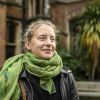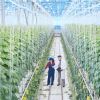“It’s our life insurance”
Committed to combating hunger: Stefan Schmitz runs the Crop Trust, which could supply the entire world with food if necessary.
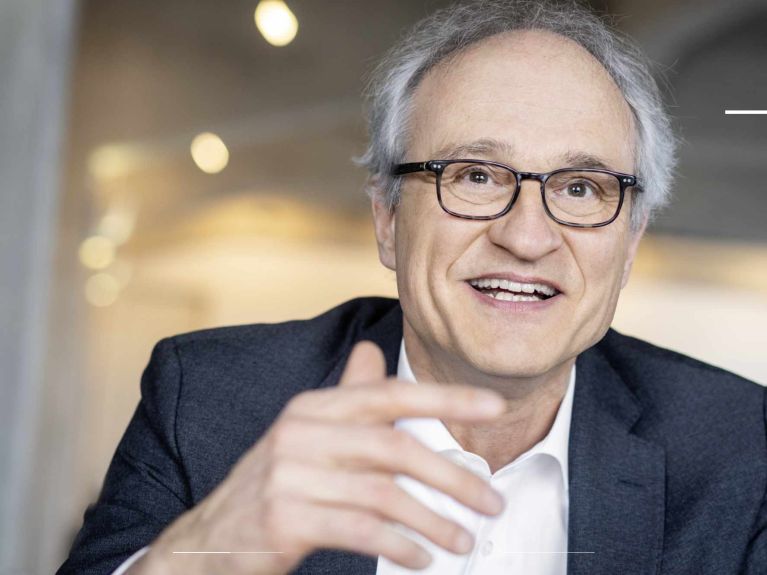
64-year-old Stefan Schmitz works at a historic site – in the building in which Germany’s MPs used to work in Bonn. Given the size of his office and the view it affords of the Rhine, he guesses it must have been used by someone of at least party leader rank. Though Schmitz is no politician, his work is just as important. At the Federal Ministry for Economic Cooperation and Development (BMZ) he runs the initiative “One World – No Hunger” – a 1.5 billion euro programme. As executive director of the Crop Trust, he has been raising money for three years to preserve biodiversity and the diversity of agricultural crop seeds. One objective is to secure the food supply for the global population.
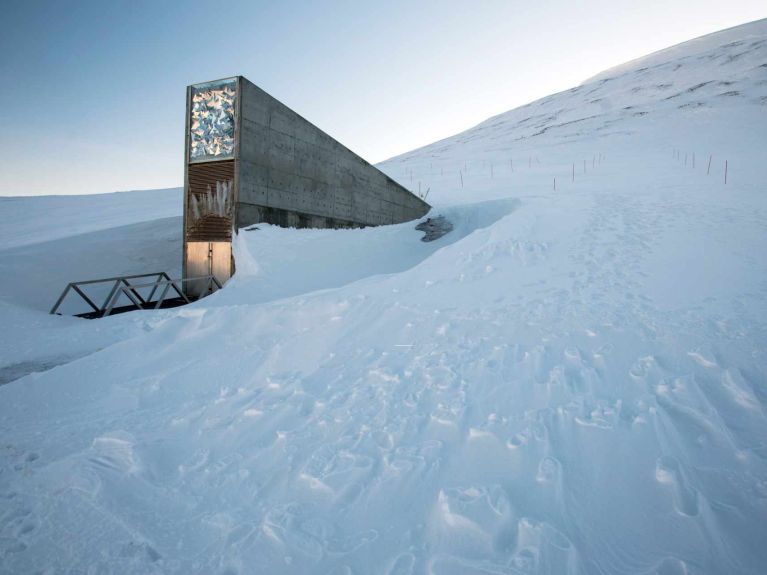
The Global Crop Diversity Trust, or Crop Trust for short, has been in existence since 2004, and has received 300 million US dollars to date. The interest earned on this capital is used to help fund the world’s most important seedbanks. The Global Seed Vault in Spitsbergen is its flagship project. It stores 1.1 million different seed samples, identical duplicates of crop seeds – 500 of each. “It’s a bit like the life insurance for the world’s future food supply,” says Schmitz. “We want to be prepared for any potential catastrophe. We don’t know what lies ahead of us.”
The Seed Vault in Spitsbergen is our life insurance.
What kind of catastrophe might that be? Crop diseases and pests, natural disasters, or wars such as the Syrian civil war in 2011. An important gene bank near Aleppo, which also supplied seeds to farmers in dry regions in the Middle East, had sent seed packages of heritage wheat varieties, lentils, barley and broad beans to the gene vault in the Arctic. “This allowed the gene bank to continue its work despite the destruction it suffered,” explains Schmitz.
Dieses YouTube-Video kann in einem neuen Tab abgespielt werden
YouTube öffnenThird party content
We use YouTube to embed content that may collect data about your activity. Please review the details and accept the service to see this content.
Open consent formThe challenge faced by the Crop Trust is huge. There is a lack of funding, while climate change and the growing demand for settlement areas are generating time pressure. Varieties need to be found that can withstand drought, high temperatures and heavy rain. “Wild species that are related to our agricultural crops are vanishing before we are able to preserve their seeds,” says Schmitz. And though he admits that 300 million US dollars is a lot of money, three times that amount would be needed for the Crop Trust to fulfil its mandate.
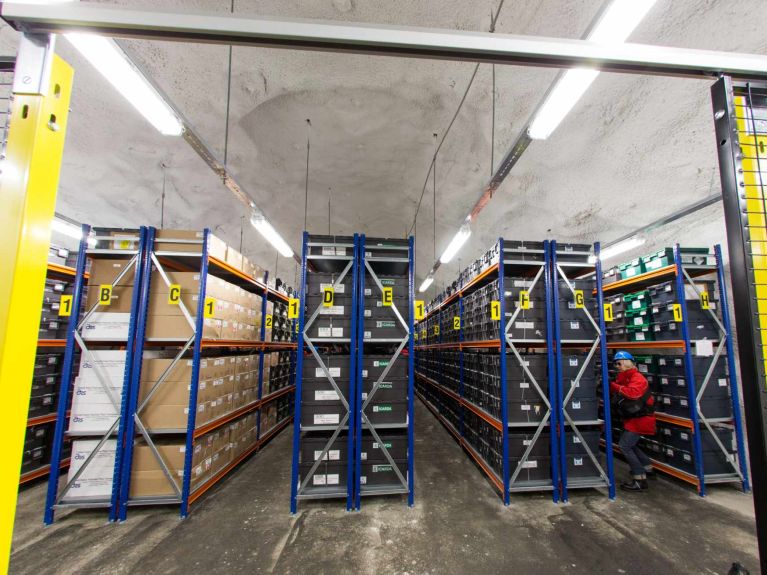
Stefan Schmitz does not allow this to deter him, and “diversity matters” remains his motto. Incidentally, his favourite crop is the tomato. He has already begun cultivating it himself. Asked whether seeds from his plants at home will also be stored in the vault in Spitsbergen, Schmitz laughs: “No, no. I’m a geographer by training. I only grow the plants because I like the Mediterranean cuisine and tomatoes are very good for you.”
You would like to receive regular information about Germany? Subscribe here:


